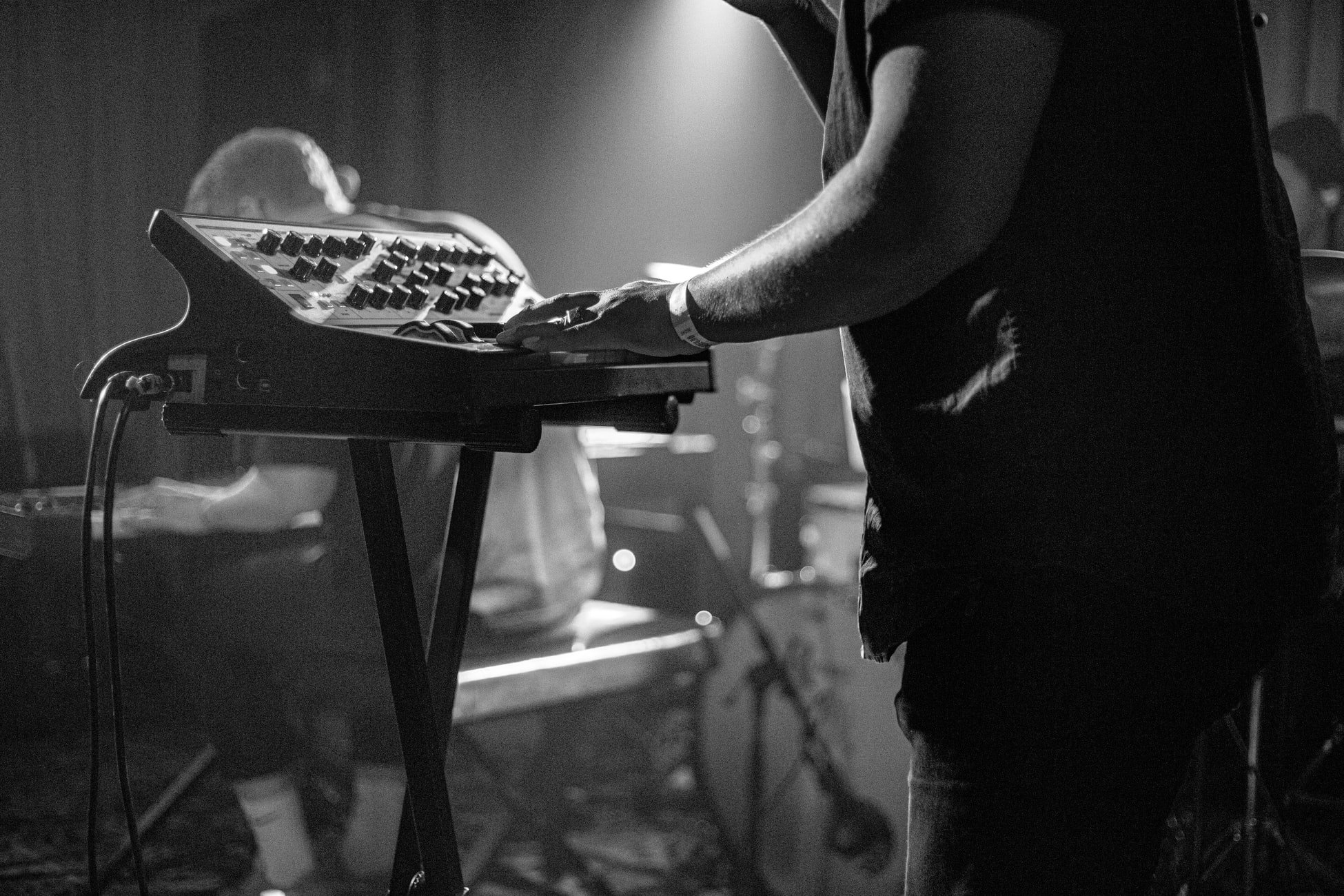
Busk
2021 | UX Research | MDes Project
IIT Institute of Design
How might we enable musicians, bands, and performers to hold impromptu outdoor performances?
Busk is a project which explores analytical methods to measure the success of design solutions as well as progressively develop design decisions. The project focused on enhancing and preserving do-it-yourself (DIY) music scenes.
The Problem
What happened to local music?
Small-scale local venues, touring musicians, and independent artists have long endured lack of stability in performance spaces.
Noise ordinances, rising rental costs, and issues of safety contribute to the volatile and intermittent nature of local music events.

The concept
How might we enable musicians, bands, and performers to hold impromptu outdoor performances?
Existing Solutions
Stages for Rent / Outdoors
$$$$
No noise reduction
Designed for outdoor events
LxWxH: 20’ x 16’ x 12”
Whisper Booths / Indoors
$$$
Reduces ambient noise 50-75%
Designed for recording
LxWxH: 8’ x 16’ x 6’
Tents / Alternatives
$$
Reduces noise with polyester lining
Designed for camping
LxWxH: 10’ x 10’ x 5’ (center)
Features that Resonate
Quantifying Attractiveness
From the initial concept 10 features were devised that would appeal to the target audience. These features were tested for desirability by applying the Kano Model, a quantitative approach to prioritizing features on a product based on the degree to which they are likely to satisfy customers. Using Qualtrics, two identical surveys were created, one for a general audience via Amazon Mechanical Turk (126 responses), the other for the target audience of concert-goers and local music aficionados via social media sites (57 responses).
-
Events are held in a portable performance space where location may be flexible
-
Performance spaces which are soundproofed to mitigate noise impact
-
Portable performance spaces which are collapsible (reduce in size) for transportation
-
Portable performance spaces with their own energy source, such as a generator
-
Performance spaces with room for dancing and moving
-
Portable performance spaces with a capacity up to 20 people
-
Performance spaces which connect to the internet
-
Portable performance spaces which can be rented for a limited amount of time
-
Performance spaces with integrated effects (ie. special lighting, fog machine)
-
Performance spaces that are paired with a digital platform specific to this type of product
Kano Model Survey Results
The core offering of a Portable event space received indifferent opinion, however, the combinations of the portable event space with other features (Soundproof, Collapsible, Power, Effects) were highly attractive.
Dance Space received the highest must-be, suggesting movement during the show is critical.
Digital Platform received the lowest attractiveness which is expected due to the underground and private nature of DIY scenes.
Ranking & Remixing
Qualitative Sentiment Analysis
To better understand how potential users view the product features, I conducted three interviews (total of 7 people) about the top features to perform sentiment analysis, a process of determining underlying feelings and opinions via text or statements.
The interviews aimed to uncover the interviewee’s:
Opinion of Feature (Positive, Neutral, Negative)
Feature Definition
Feature Redesign
High Level Risks to Assess:
How does this product build trust with DIY scenes?
How can it balance affordability and valuable add-on features?
What degree can this product extend to other customer segments without losing the original value proposition?
Interview Outcomes
High Priority Features: Stays true to DIY scene values of affordability, flexibility, and intimacy.
Medium Priority Features: Not necessarily opposed, but features hold less value on their own. Potential to incorporate as add-ons.
Low Priority Features: Features are already not expected at current DIY spaces. Adding to design could complicate value proposition.
“It would be great to have a membership with a rent-to-own tier … more customization”
-Interview 2, Raleigh, NC
“Even if the band doesn’t care, it can help prevent a bad reputation”
-Interview 3, Portland, OR
“As long as it’s convenient and accessible”
-Interview 1, Chicago, IL
Demoing Solutions
Usability
The concept was distilled into a product flyer (below) which included a rendering of the product, the features shown to be desirable, and suggestion of the product’s membership. Using Google’s HEART framework, the final concept flyer underwent usability testing with three participants through UserTesting.com. The user testing tasks gathered both qualitative and quantitative data for the HEART metrics (Happiness, Engagement, Adoption, Retention, andTask Success).
User Feedback
The results from the usability testing showed that participants valued the product characteristics and feature set. Their three descriptors of the product were aligned with the sentiment gathered through surveys and interviews.
Overall, the project illustrated the value of collecting evidence and conducting tests to successively make design decisions justified by data.








